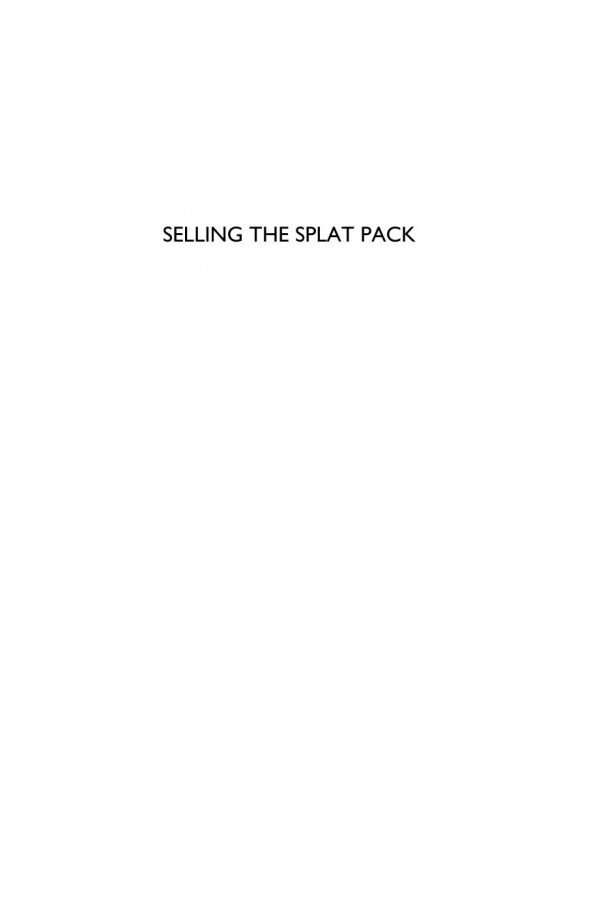

Most ebook files are in PDF format, so you can easily read them using various software such as Foxit Reader or directly on the Google Chrome browser.
Some ebook files are released by publishers in other formats such as .awz, .mobi, .epub, .fb2, etc. You may need to install specific software to read these formats on mobile/PC, such as Calibre.
Please read the tutorial at this link: https://ebookbell.com/faq
We offer FREE conversion to the popular formats you request; however, this may take some time. Therefore, right after payment, please email us, and we will try to provide the service as quickly as possible.
For some exceptional file formats or broken links (if any), please refrain from opening any disputes. Instead, email us first, and we will try to assist within a maximum of 6 hours.
EbookBell Team

4.3
38 reviewsRead and download a free sample here (pdf)
Read an interview with Mark Bernard (pdf)
Read a review on The Gothic Imagination blog
Were brutal American horror movies like the Saw and Hostel films a reaction to the trauma of 9/11? Were they a reflection of ‘War on Terror’-era America? Or was something else responsible for the rise of these violent and gory films during the first decade of the twenty-first century?
Selling the Splat Pack unravels the history of how the emergence of the DVD market changed cultural and industrial attitudes about horror movies and film ratings. These changes made way for increasingly violent horror films, like those produced by the ‘Splat Pack’, a group of filmmakers who were heralded in the press as subversive outsiders. Taking a different tack, Mark Bernard proposes that the films of the Splat Pack were products of, rather than reactions against, film industry policy. This book includes an overview of the history of the American horror film from an industry studies perspective, an analysis of how the DVD market influenced the production of American horror films, and an examination of films from Splat Pack members such as Eli Roth, Rob Zombie, James Wan, and Alexandre Aja.
By re-examining the history of the American horror film from a business perspective and exploring how DVD influenced the production of American horror films in the early twenty-first century, this thought-provoking book provides students and scholars in Film Studies with an alternative perspective on the Splat Pack.